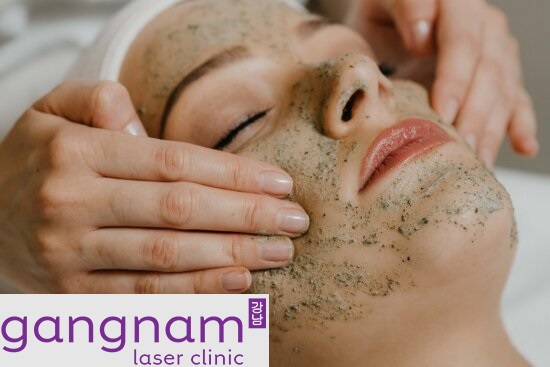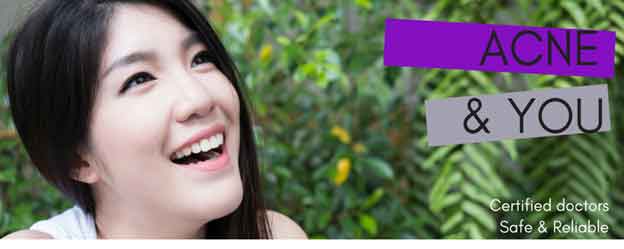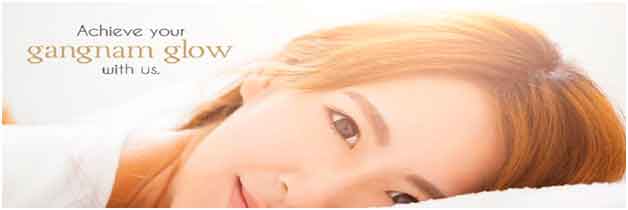
HOW TO CARE FOR YOUR SKIN AFTER CARBON LASER PEEL TREATMENT
After your carbon laser peel treatment, your skin feels smooth and radiant. You also found the treatment to be effective for your skin and you enjoyed the overall experience, which means you’re likely to be returning for another session. However, you may have questions on how to maintain your skin texture. To answer your questions, we’ve gathered certain recommendations.
Here are some helpful tips on how to care for your skin after undergoing the skin treatment.
What Is The Treatment All About?
If you’re new to laser treatments, here is a brief introduction on what the skin care treatment is all about before providing tips on how to maintain your skin after the procedure. The Carbon Laser Peel is a gentle non-invasive procedure that works well on most skin types and is safe for your skin. The treatment starts with an application of carbon onto the skin. Then, the laser is gently moved across your skin, taking the carbon and embedded skin impurities along with it.
You’ll be surprised by how the procedure rejuvenates your skin, even after the first treatment. It is beneficial for individuals with fine lines, wrinkles, hyperpigmentation, discolouration, and uneven skin texture. The treatment also helps to boost collagen production and remove dead skin cells, which improves skin laxity.
Tips on How To Care For Your Skin After The Treatment
Having a regular skincare routine would maintain the carbon peel laser treatment results. For this reason, we recommend that you create healthy habits to look after your skin. But most importantly, here are some tips to retain the best-desired skin result.
1. Use The Recommended Products:
Use the recommended products from your doctor. Use them consistently and on a daily basis. If you have an allergic reaction, immediately discontinue use and check with your doctor.
2. Do Not Use Retinol:
Retinol and lasers don’t go hand in hand. Retinols are known for their anti-ageing properties. But because they are drying and could irritate the skin, they should be avoided after any laser treatment, for at least 1 – 2 weeks. Instead, you should use a gentle cleanser after your laser treatment.
3. Don’t Go Heavy On The Moisturiser:
You should apply moisturiser daily. If you have oily skin, use a lightweight moisturiser. Also, it’s good to use products that your doctor recommends or prescribes. If you have a staple moisturiser that you have been consistently using, ask them if it’s suitable for use after the treatment.
4. Apply Sunscreen, Even If You’re Indoors:
After the treatment, you may experience some slight redness on your skin. However, the redness will subside on its own within a few hours. You may apply Aloe Vera gel to keep your skin to reduce redness.
It is also advised that you apply sunscreen after the treatment as the skin tends to be sensitive. Make sure to wear sunscreen indoors too. Not only will this step help you maintain your glowy skin, but it will also prevent the early onsets of skin ageing.
5. Use A Hydrating Cream:
Apply a hydrating cream after your treatment. This hydration aids in holding the skin’s moisture and increases the depth of penetration, so that your skin retains its moisture.
6. Avoid Makeup Temporarily:
Try not to use any make-up products for at least 2 weeks after the carbon laser treatment as they may aggravate your skin further after the treatment. A good skin specialist can advise you in this regard. If you want to use makeup, you can apply them lightly once the redness is gone.
7. Stay Hydrated:
Lastly, make sure that you drink enough water as it is important to keep your skin hydrated. That way, your skin can remain healthy and glowy.
Now that you know what to do to maintain healthy and glowing skin, it’s time for your next laser treatment. If you have any other concerns, make sure that you consult us first.





